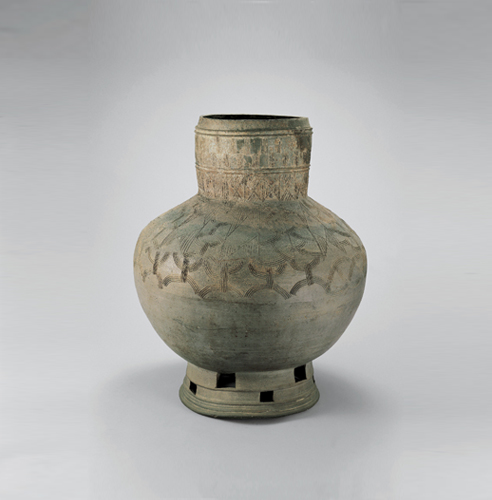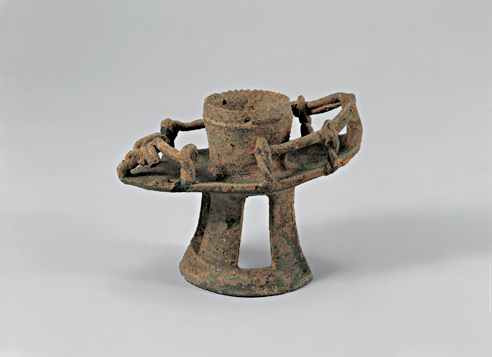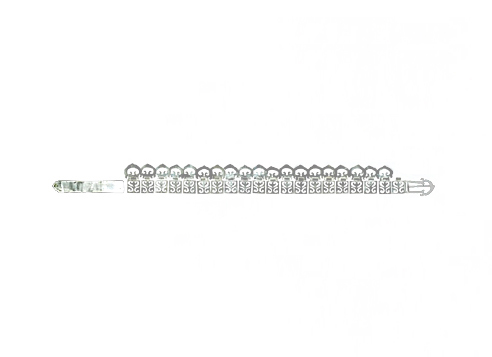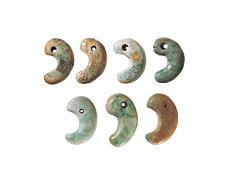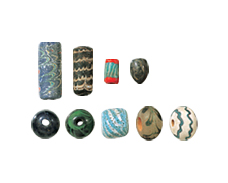The Archeological Collections Room displays some 600 artifacts inherited from Korean ancestors°™ from the Prehistoric Age to the Joseon Period°™ including earthenware, stoneware, metal ware, and glass and jade items. Arranged according to period, they provide a broad view of the nation’s cultural development.
Permanent Exhibition
-
- Exhibition
- Permanent Exhibition
- Archaeological Collections
Category Title
Three Kingdoms' Pottery
During the Three Kingdoms' period, pottery making took off with the development of the stamped design technique and the use of the spinning wheel. In Goguryeo a large amount of soft pottery was made using the kingdom's unique method, which combined the influence of Chinese ash-based pottery with the tradition of Bronze Age plain coarse pottery. Baekje's representative range of pottery works includes jars with short necks, deep bowls, and pottery equipped with tripods, a legacy of Proto-Three Kingdoms' pottery. Silla and Gaya pottery unearthed from ancient tombs include mounted cups, mounted jars with a long neck, and many other items of mounted pottery, which suggests that they were used for rituals. Many pottery figurines resembling humans, ducks, horses, and other animals, as well as houses, carts, and shoes have been unearthed from the former Silla and Gaya territories.
Pottery Figurine
Pottery figurines are modeled to resemble humans, animals, and other objects. They were used to contain liquor or water for funeral and sacrificial services or for symbolic wishes on behalf of the dead.
Three Kingdoms' Ancient Tomb Art
Ancient tomb art during the Three Kingdoms' period attest to the luxury of aristocratic culture. With the construction of huge tombs, members of the upper class were buried together with luxurious objects. Artifacts unearthed from ancient tombs are categorized into those worn by the deceased during life and those for the world after death. Objects symbolizing the dead person's status, including crowns, crown ornaments, belt ornaments, earrings, necklaces, shoes, and many other metal accessories, were placed inside the tomb. Artifacts intended to accompany the deceased into the next world included armor, helmets and other weapons, agricultural implements and tools, harnesses, various ceramic objects, metal ware, and other vessels. This museum houses gold earrings and other gold ornaments, as well as various jade artifacts and decorative beads. Jade accessories, used to symbolize the wearers' status and prestige, were crafted together with other Korean-produced materials such as jasper, crystal, and jade.
